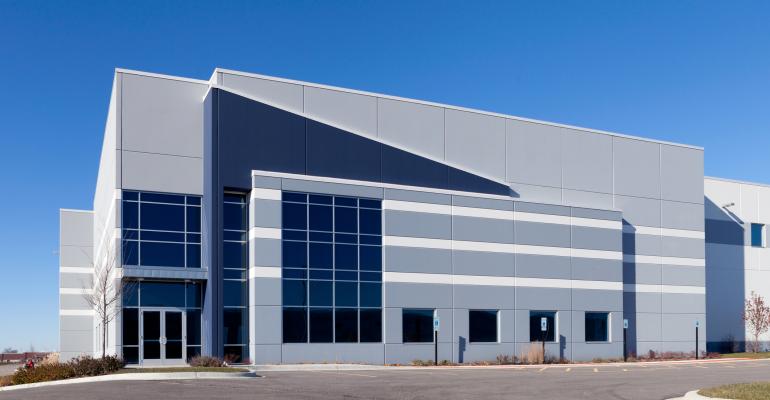Many of the concerns that people had a year ago about slowing global economic growth, the possibility of a looming recession and negative impacts from trade wars seemed to evaporate by year-end, says Sabatini. “The outlook for 2020 has shifted to a stable, low-interest rate environment for the year ahead,” he says.
The shift in Fed policy is likely contributing to more positive views on market liquidity even in the context of what has been a very long-running climate of favorable financing. A majority of respondents (84 percent) think that availability of debt and equity is either the same or better than a year ago. Specifically, 52 percent said that the availability of debt and equity is unchanged, while 32 percent said it is more widely available and a further 16 percent think it is either less available or were unsure of the answer. That does show an uptick in positive sentiment compared to the 2019 survey, when 62 percent of respondents believed that availability of equity was the same or better, and 65 percent said that availability of debt was the same or more better.
Anecdotally, there appears to be plenty of debt and equity capital sources that are active in the net lease industry ,ranging from large REITs and private equity funds to high-net-worth individuals and family offices. The global search for yield is also attracting foreign investors to the U.S. net lease market. According to CBRE, cross-border capital for NNN properties totaled $6.8 billion during the first three quarters of 2019, an increase of 18.8 percent compared to the same period in 2018. The most active international buyers over the past two years have been from Canada, Germany and Singapore.
On the debt side, nearly three-fourths of respondents expect loan-to-value ratios (LTVs) and debt service coverage ratios (DSCRs) to remain the same in the coming year at 76 percent and 72 percent respectively. Views were slightly less optimistic a year ago when 60 percent thought LTVs would remain the same and 61 percent thought DSCRs would increase. “Relatively speaking compared to pre-recession underwriting standards, lenders have remained fairly conservative in their lending approaches, which is good for all parties involved,” says Herrold.


